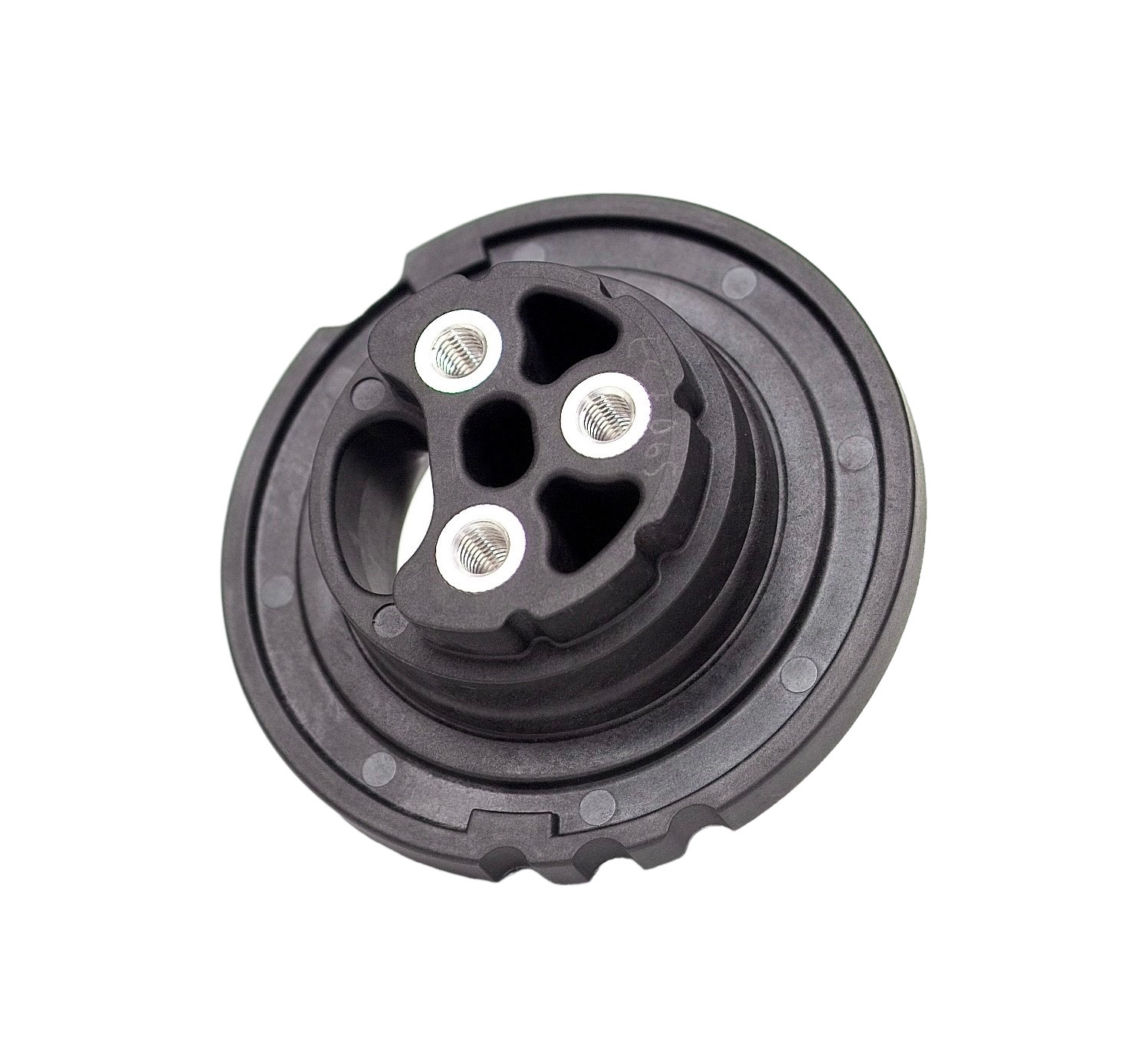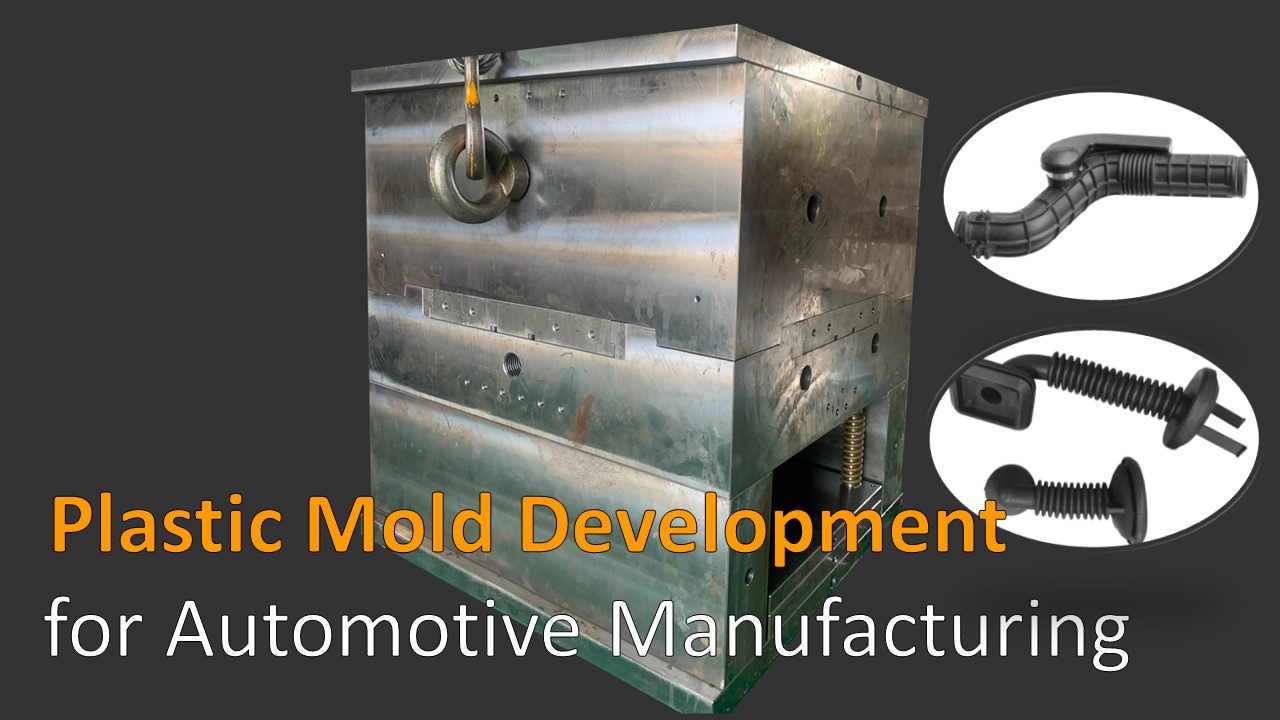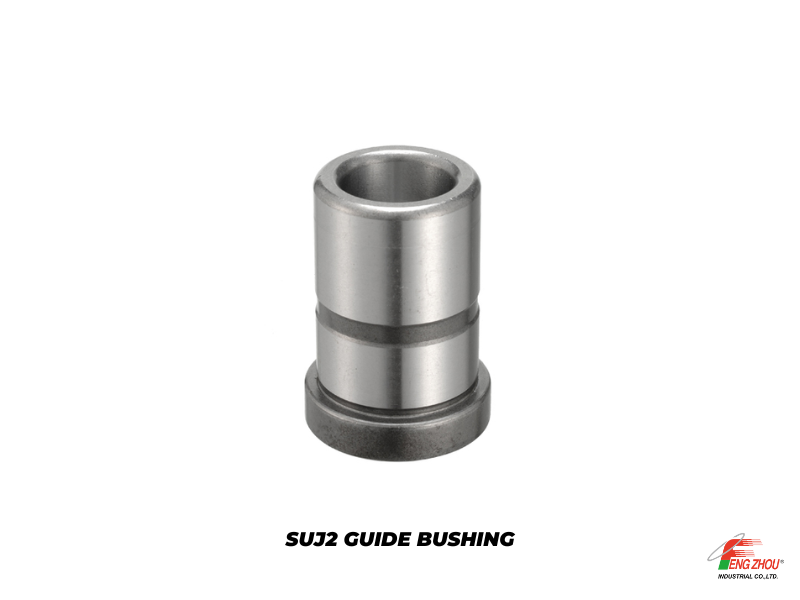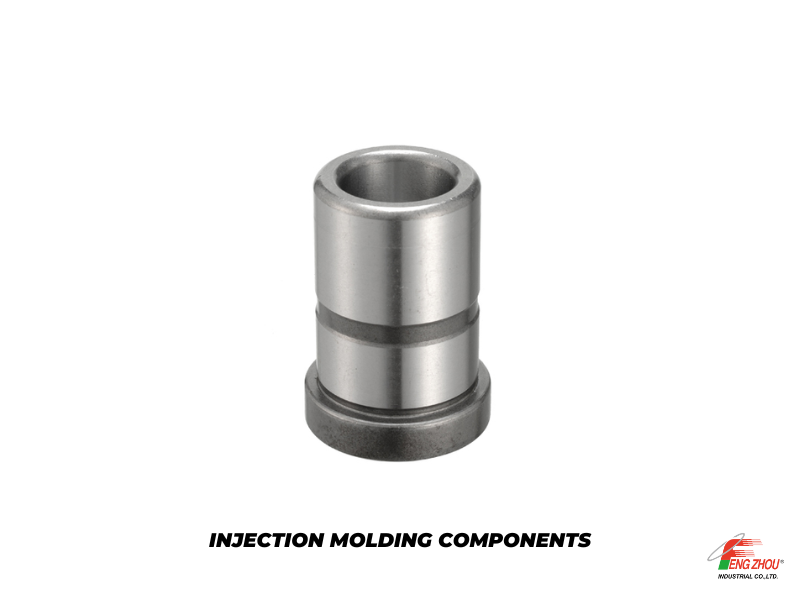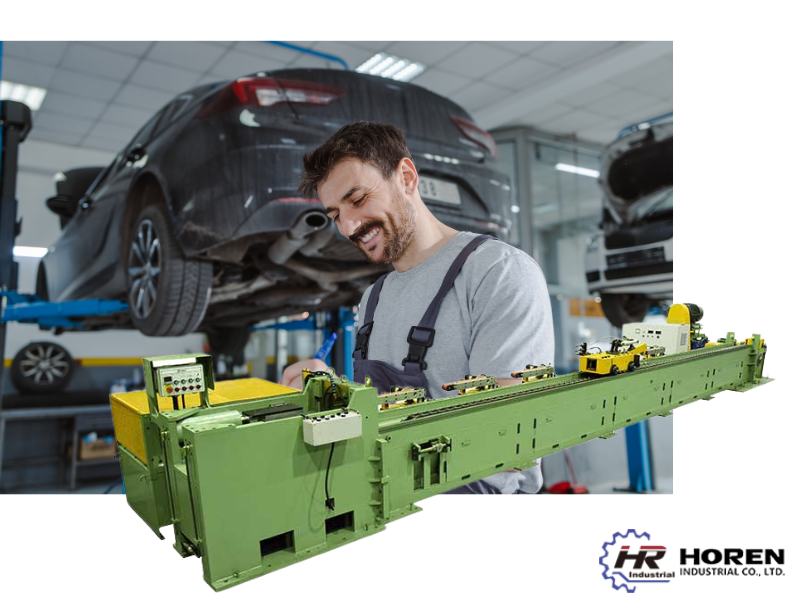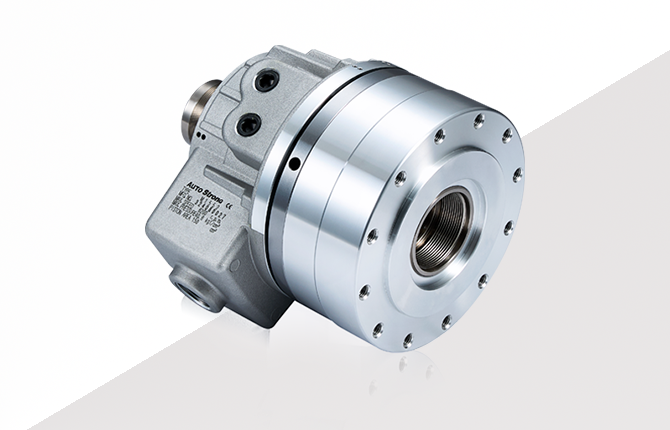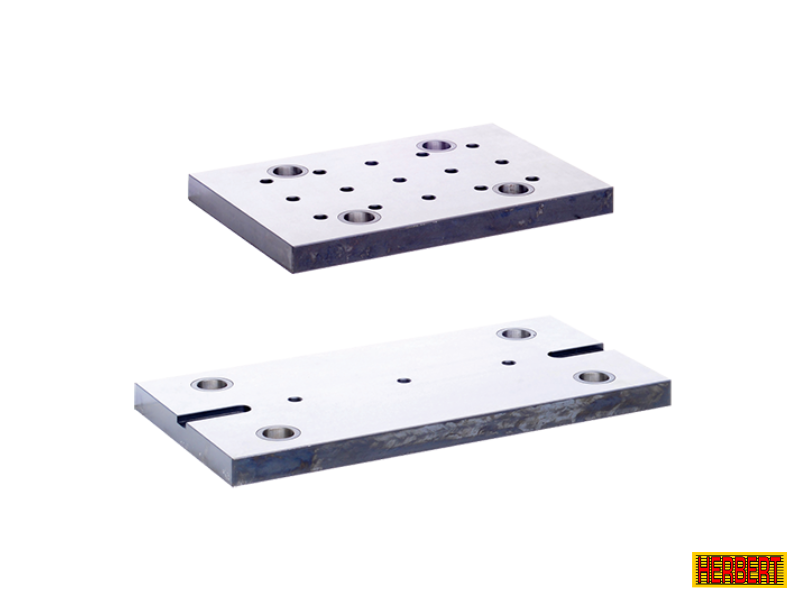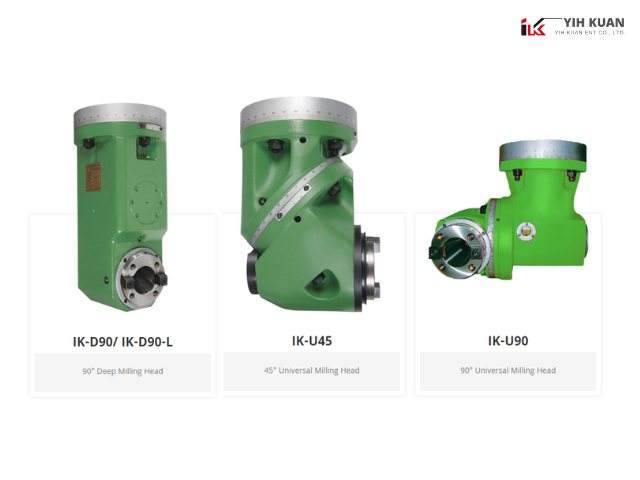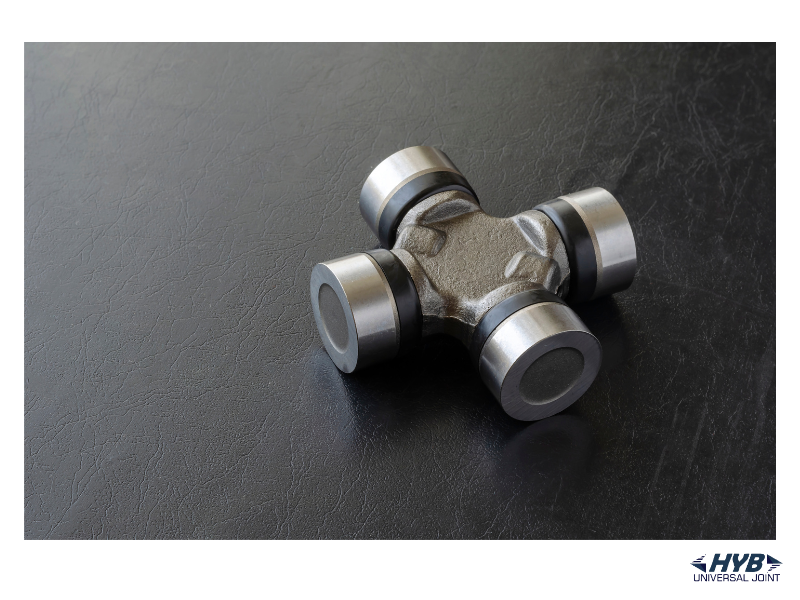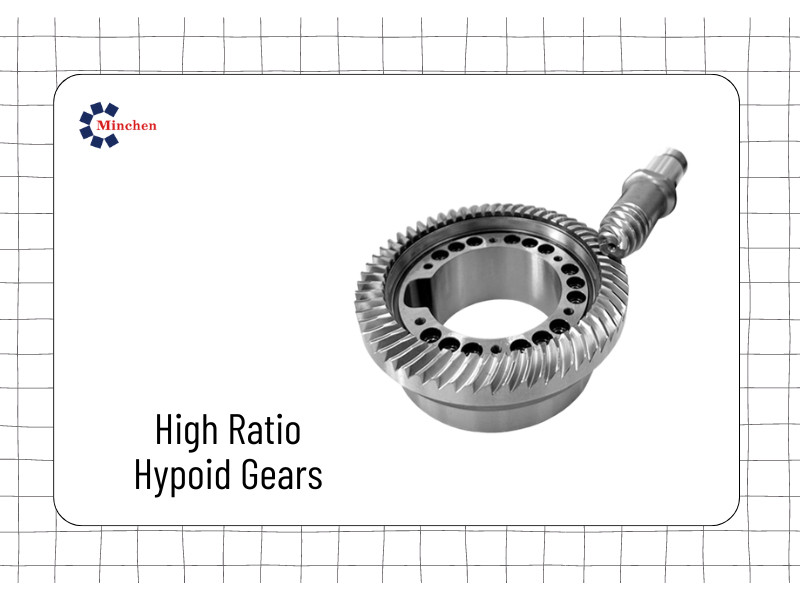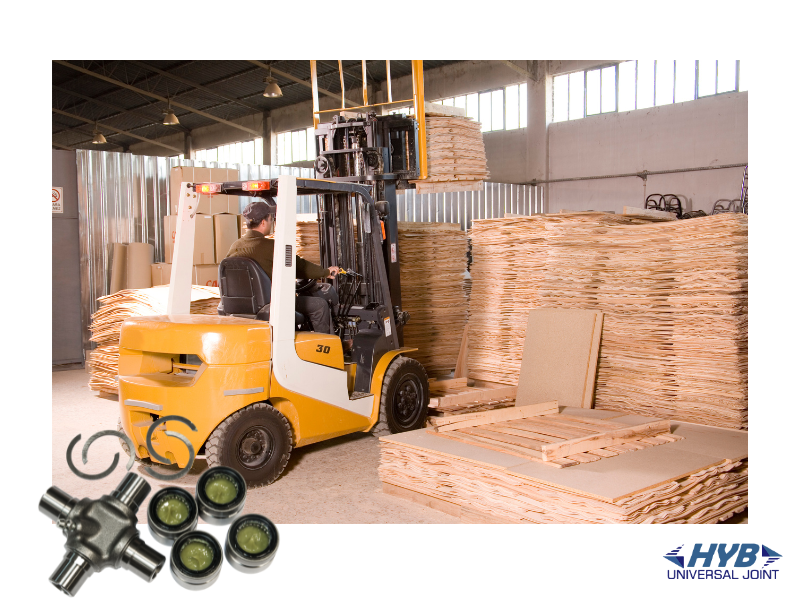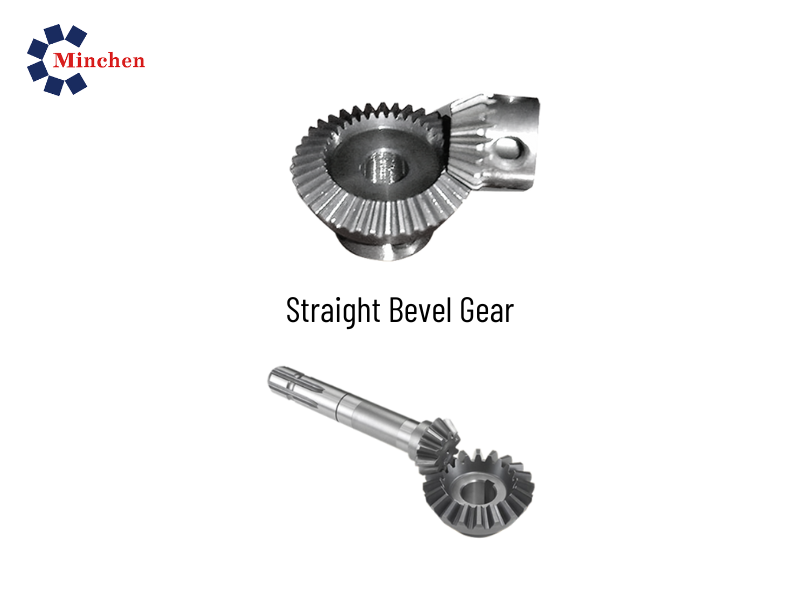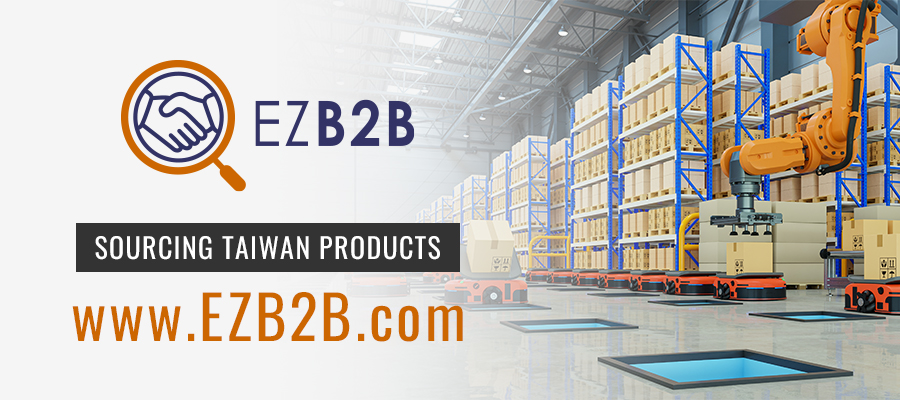Everything you need to know about sinker EDM
2023-10-19Machinery
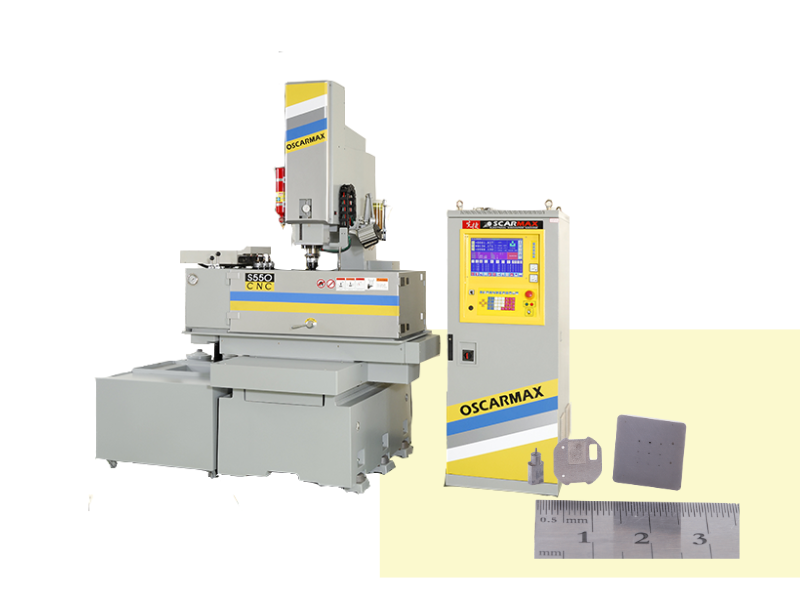
Sinker Electrical Discharge Machining (EDM), also called a conventional EDM, is the process of creating metal parts through the use of electrical sparks. It involves the burning of metal with the help of electrical discharges, making it an ideal choice for manufacturing metal parts that have extremely complex shapes or designs. As a top manufacturer of EDM parts and accessories, OSCARMAX has a wealth of experience and expertise in the field of sinker EDM. In this article, we will explore everything you need to know about sinker EDM machines and the benefits they offer.
How does a sinker EDM machine work?
Sinker Electrical Discharge Machining works by removing the material's electrons in a small localized area, causing it to become an ion. The ion gap is filled with a voltage between the tool (electrode) and the workpiece, causing highly localized sparks to jump across the gap, melting and eroding the workpiece. The spark jumps are directed using a computer-guided program, molding the workpiece to the desired shape.
Sinker EDM is a process of metalworking that involves just the removal of unwanted material, unlike other processes that involve the forming of components from scratch. This way, it is more cost-effective and a time-saving method for manufacturing complex parts.
What are the benefits of sinker EDM machines?
The use of sinker EDM machines offers a wide range of benefits over traditional machining techniques. Firstly, sinker EDM machines use a noncontact process making it ideal for workpieces with a high aspect ratio and delicate or hard-to-machine shapes. Secondly, it eliminates the need for secondary cleaning, such as burr removal, as it does not require mechanical contact.
Notably, sinker EDM is the best choice for manufacturing extremely hard materials that can't be cut using traditional manufacturing methods. It can be used for almost all materials including steel, titanium, tungsten carbide, and other alloys. This makes it a versatile process.
Sinker EDM machines also offer a significantly lower tool wear rate than traditional machining techniques. The spark erosion process maintains the tool's integrity, meaning less repair and maintenance costs in the long run.
Common applications for Sinker EDM
The common applications for Sinker EDM (Electrical Discharge Machining) include:
- * Die and Mold Fabrication: Sinker EDM is widely used in the production of dies and molds. It allows for precise and intricate cavity machining, making it ideal for creating complex shapes needed in plastic injection molding, metal stamping, and other manufacturing processes.
- * Aerospace and Space Industry: Sinker EDM finds applications in the aerospace and space sectors. It is used to fabricate parts for rocket engines, satellites, and other spacecraft, where high precision and intricate details are required.
- * Medical Device Manufacturing: Sinker EDM is utilized in the production of medical devices, including surgical instruments, orthopedic implants, and dental tools. Its ability to create complex and precise shapes makes it suitable for manufacturing these critical components.
- * Tool and Die Making: Sinker EDM plays a significant role in tool and die making industries. It can produce intricate shapes and features required in the manufacturing of cutting tools, extrusion dies, forging dies, and more.
- * Automotive Industry: The automotive sector employs Sinker EDM for various applications, such as producing molds for plastic parts, engine components, and precision gears. The technology allows for precise shaping and machining of these critical automotive components.
What are the different types of materials used for Sinker EDM
In sinker EDM (Electrical Discharge Machining), various materials are used for electrodes based on their properties and application requirements. Here are some of the different types of materials commonly used for sinker EDM electrodes:
- * Copper: Copper is the most commonly used material for sinker EDM electrodes due to its excellent electrical conductivity, thermal conductivity, and erosion resistance. It is suitable for a wide range of applications and can be easily machined into complex shapes.
- * Brass: Brass is another commonly used material for sinker EDM electrodes. It is easier to machine compared to copper and offers good electrical conductivity. However, brass may wear more quickly than other materials.
- * Graphite: Graphite electrodes are preferred for certain applications that involve high-precision machining or when EDMing delicate or intricate contours. Graphite offers good wear resistance, high-temperature resistance, and low electrical resistance.
- * Tungsten: Tungsten electrodes are used for specific applications that require superior hardness and durability. Tungsten has a high melting point and excellent thermal conductivity, making it suitable for machining hard materials or in high-temperature environments.
- * Copper-Tungsten Alloys: Copper-tungsten alloys combine the desirable properties of both copper and tungsten. These alloys offer improved hardness, wear resistance, and thermal conductivity compared to pure copper electrodes.
The choice of electrode material depends on factors such as the workpiece material, desired surface finish, electrode wear rate, and EDM process parameters. It is important to consider these factors to ensure optimal performance and efficiency in sinker EDM operations.
Conclusion
In summary, sinker EDM is a highly effective, versatile, and cost-effective machining process used in the creation of complex and intricate metallic components. A number of benefits come with the use of a sinker EDM machine, including reduced tool wear rate, precision, and versatility in manufacturing materials that would otherwise be impossible to machine using traditional techniques. At OSCARMAX, we specialize in providing sinker EDM machines, equipment, and accessories to ensure that your manufacturing experience is smooth. Contact us today to learn how we can help with your EDM needs.
